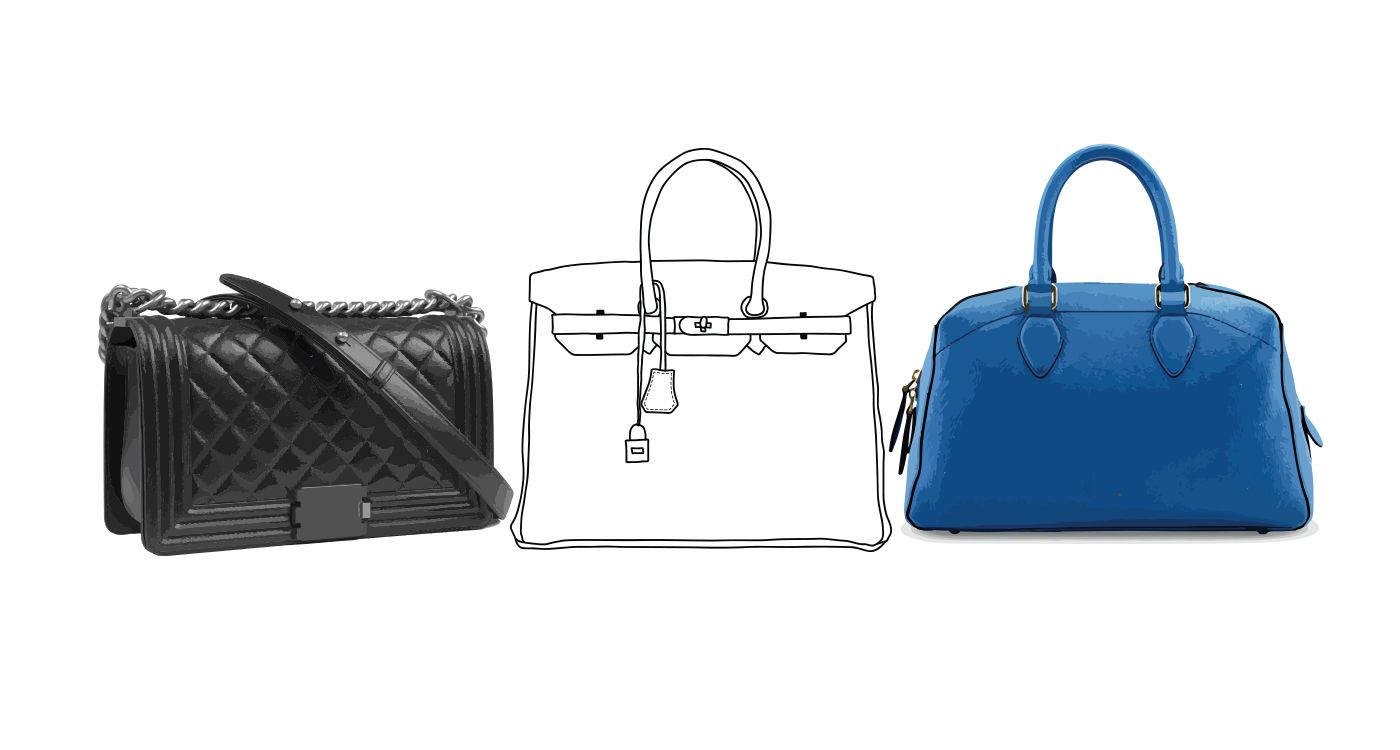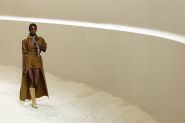
A wave of viral videos claiming to sell Hermès and Louis Vuitton bags “straight from Chinese factories” has taken over TikTok. Behind the trend lies a global counterfeiting market, real legal risks – and a challenge to the myth of luxury.
At first glance, the video looks like just another promo for cut-price products. A young woman praises a handbag “identical to an Hermès model” for a fraction of the cost. The brand is blurred, but the resemblance is unmistakable. The caption reads: “Luxury brands are all made in China.” In other words: why pay €10,000 for a Hermès bag when you can get it for €1,000 – without ever setting foot in a store?
Posted on TikTok in April 2025, the clip is part of a coordinated viral campaign to push counterfeit luxury handbags to a broad audience, primarily in the United States. Millions of views, links to platforms like Taobao or DHGate and the illusion of more accessible luxury – all in stark contrast with the messaging of top fashion houses.
But the promise is built on a lie. The bags are neither genuine nor produced in the same workshops as the originals. They’re part of a parallel industry that exploits the loopholes of online commerce and feeds off the luxury giants. Mixing disinformation, fraud, criminal risk and the lure of high-end fashion, the case exposes the contradictions of a market that is both deeply symbolic and highly profitable.
‘Made in China’ or Truly Made in Europe?
The videos suggest that luxury brands already produce their bags in China, implying that counterfeits come from the same factories. This claim is misleading: according to Hermès’ 2024 universal registration document, 60 of its 75 production sites are located in France. The rest – shoes in Italy, watches in Switzerland and metal goods in Portugal – are all clearly identified. No Hermès bag is made in China. The brand prides itself on artisanal local craftsmanship, supported by its own training schools.
The same holds true for Louis Vuitton, whose workshops are based in France, Italy, Spain, Portugal – and for the US market, Texas. No Louis Vuitton bag is made in China. Yet these campaigns keep circulating, capitalizing on consumers’ limited knowledge, the murkiness of online sales and the appeal of affordable luxury. The Birkin and Kelly remain powerful status symbols, and demand shows no sign of slowing. This creates ideal conditions for counterfeiters.
A Well-Oiled Underground Economy
According to the Mapping Global Trade in Fakes report (2025), counterfeiting amounted to $467 billion worldwide in 2021. In Europe, €117 billion worth of counterfeit goods were imported – nearly 5% of all incoming products. Leather goods, apparel and footwear made up more than 60% of intercepted products.
These counterfeits are no longer crude copies. They’re often produced in semi-industrial workshops, featuring carefully designed packaging and well-crafted marketing campaigns. This parallel market depends on discreet logistics, loosely regulated platforms and an international network that’s difficult to dismantle. Brands face an uneven battle, with fakes circulating faster than legal actions can keep up.
And what about buyers? In France, purchasing or possessing a counterfeit product can lead to up to three years in prison and fines of €300,000. In the US, customs controls have been tightened, especially on packages arriving from Asia. Online marketplaces could soon be held accountable under increasing pressure from authorities.
But this phenomenon goes beyond fraud – it also reflects the symbolic value consumers attach to these items. Today, a luxury bag is seen as an investment. According to The State of Fashion: Luxury (BoF/McKinsey, 2025), the luxury leather goods market was worth $79 billion in 2023. The Hermès Birkin, Chanel’s Timeless, and Louis Vuitton’s Neverfull have become investment assets in their own right. Their rarity fuels both demand – and the production of counterfeits.
Luxury Goes Digital
Facing this threat, luxury houses are taking proactive measures. Some are leveraging technology to reassure customers and protect their heritage. Since 2019, Louis Vuitton has implemented a blockchain-based traceability system – Project Aura – that issues a unique digital certificate for each product. Other brands, including Prada and Loro Piana, embed invisible NFC chips in their bags, which can be scanned via smartphone. The aim: to allow customers to verify an item’s authenticity, origin, and even maintenance history.
This “digital passport” could prove to be a vital tool against an increasingly aggressive counterfeit industry. In an era where fakes are just a click away, technology is becoming the new guarantee of authenticity.
By aiming to expose the supposed excessive markups of luxury brands, counterfeit sellers perpetuate another myth: that all products are equal as long as they look alike. But a bag is more than just an object – it’s a story, a craft, and now, a digital code.
Counterfeit Luxury Bags: Key Figures
- 62% of global confiscations involve apparel, leather goods and footwear.
- 65% of counterfeit products originate from Asia; 25% from Europe.
- The luxury leather goods market was valued at $79 billion in 2023.
- Purchasing counterfeit goods in France can lead to up to 3 years in prison and a €300,000 fine.
- The US market accounts for 25% of LVMH’s revenue and 19% of Hermès’.
- Projected luxury market growth (2025–2027): +4 to 6% in the US, compared to +2 to 4% globally.




Comments